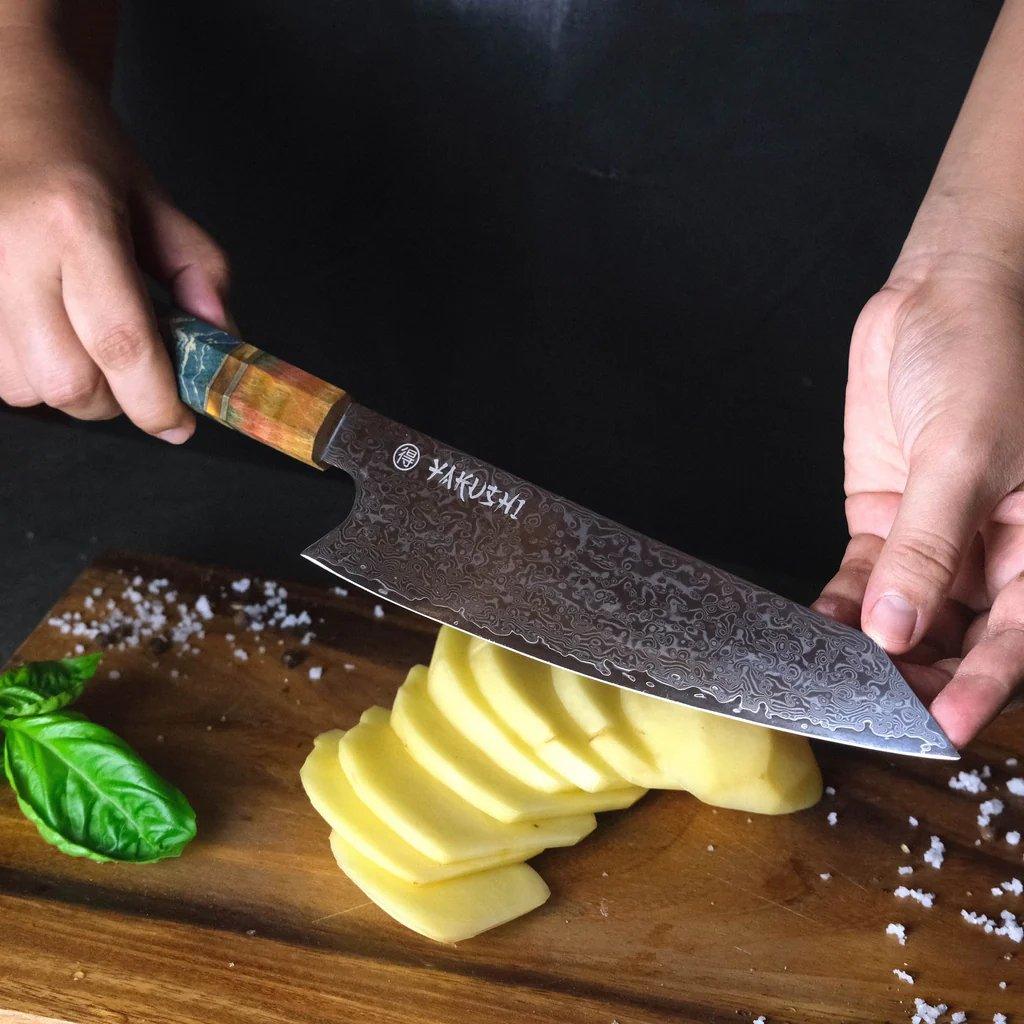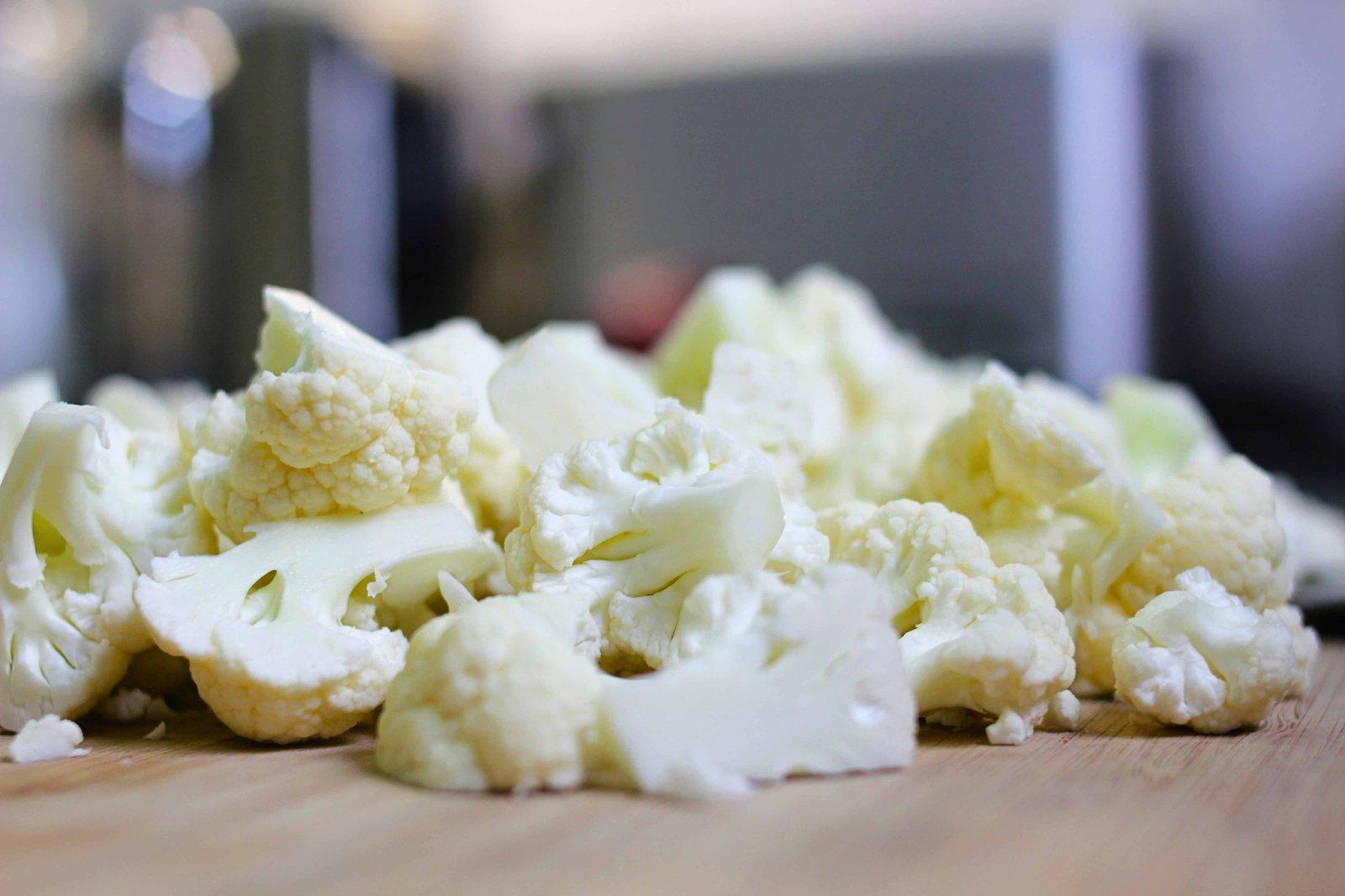The Crucial Interplay of Balance
and Weight in a Chef's Knife

The Role of Balance
There are two main types of balance
-
Handle-Heavy Balance: Some knives have a handle-heavy balance, meaning that most weight is on the handle. This balance distribution may improve control and mobility, particularly for activities requiring complex motions or precise slicing. This balance is often seen in chef's and utility knives because it enables such blades to perform accurate cutting movements.
- Blade-Heavy Balance: On the other hand, knives with blade-heavy balance have more weight directed toward the blade. This form of balancing has the potential to provide improved cutting power and velocity, making it suited for activities that need force, such as chopping through bone or other hard materials. Cleavers and some specialist chopping blades often possess this balance.
Why Weight Matters

Finding the Perfect Balance
Grip
Ingredients
Experience
Notable Japanese Knife Designs Known For Balanced Blades
-
Gyuto: This all-purpose chef's knife features a thin, slightly curved blade with a centered balance point. Its lightweight design (150-200 grams) and agile handling stand out at slicing, chopping, and dicing.
-
Santoku: Meaning "three virtues" in Japanese, this versatile knife features a shorter, wider blade with a straighter profile and a balance point slightly forward. Its moderate weight (180-230 grams) balances control and power, making it ideal for multifarious tasks.
-
Nakiri: The flat, rectangular blade of the Nakiri knife is almost perpendicular to the handle, making it ideal for chopping vegetables. Its stable, evenly distributed weight of 180-220 grams makes it ideal for making clean push slices through tough veggies. Damascus Kiritsuke Knife is also an effective alternative to Nakiri or Yanigaba knives in Japanese kitchens.
- Usuba: Perfect for fine slicing, this small knife has only one bevel. The knife's outstanding mobility is shown by its lightweight build and excellent balance, which enable it to make feathery-thin slices of vegetables and sashimi.




Leave a comment
This site is protected by hCaptcha and the hCaptcha Privacy Policy and Terms of Service apply.